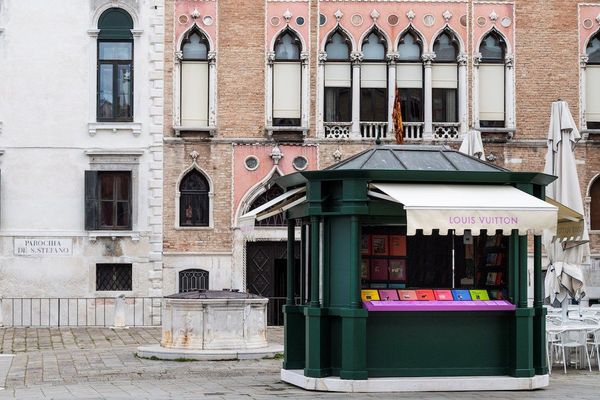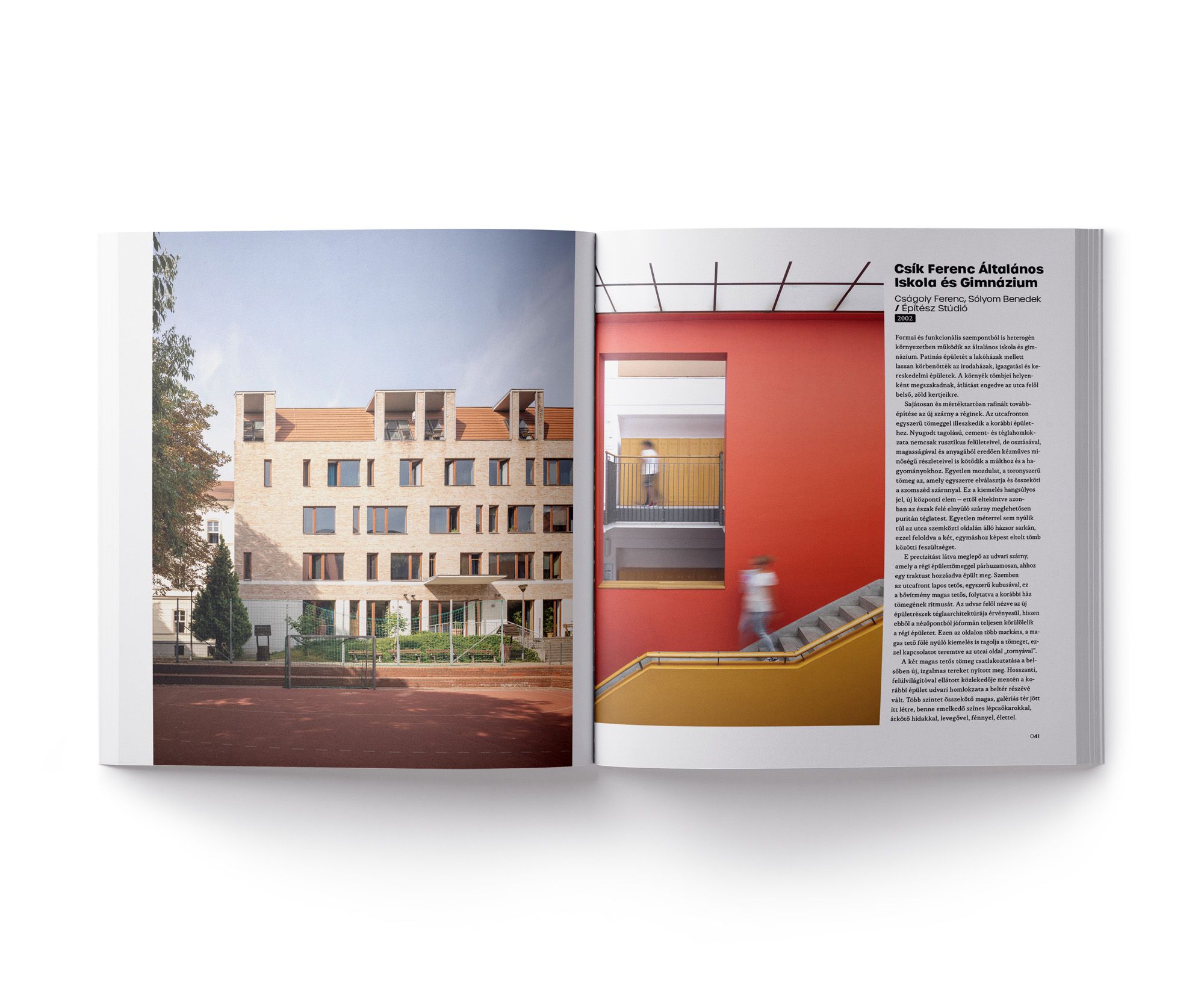We may not even think about how many and various buildings have “sprung up” in Budapest in the last twenty years. Especially if we broaden the concept of contemporary architecture, as the authors and editors of “Budapest Architecture 2000-2020” themselves do: they show us the exciting changes the capital has undergone in the last two decades, from Budafok to Újpest. Many of the buildings featured in the book have attracted the attention of city dwellers and professionals in spectacular ways. Many have transformed their immediate surroundings, and there are even some that are hiding unnoticed in the urban fabric and cannot even be called buildings (but that’s not a problem). Fortunately, we’ve already got our hands on the book and now we can give you a quick look!
This time we were lucky: we got invited to the book launch on the 22nd of April at the Ferrum Office Building. Until now, we had no idea that we would come across such a disciplined yet spectacular contemporary building in a secluded industrial area of Budapest’s XII district. Perhaps we won’t reveal a big secret: yes, the office building, rebuilt according to the designs of architects Péter Gereben and Balázs Marián, is included in the volume entitled “Budapest Architecture 2000-2020”—it was a great idea on the part of the organizers to choose this “crime scene” as the venue for the event.
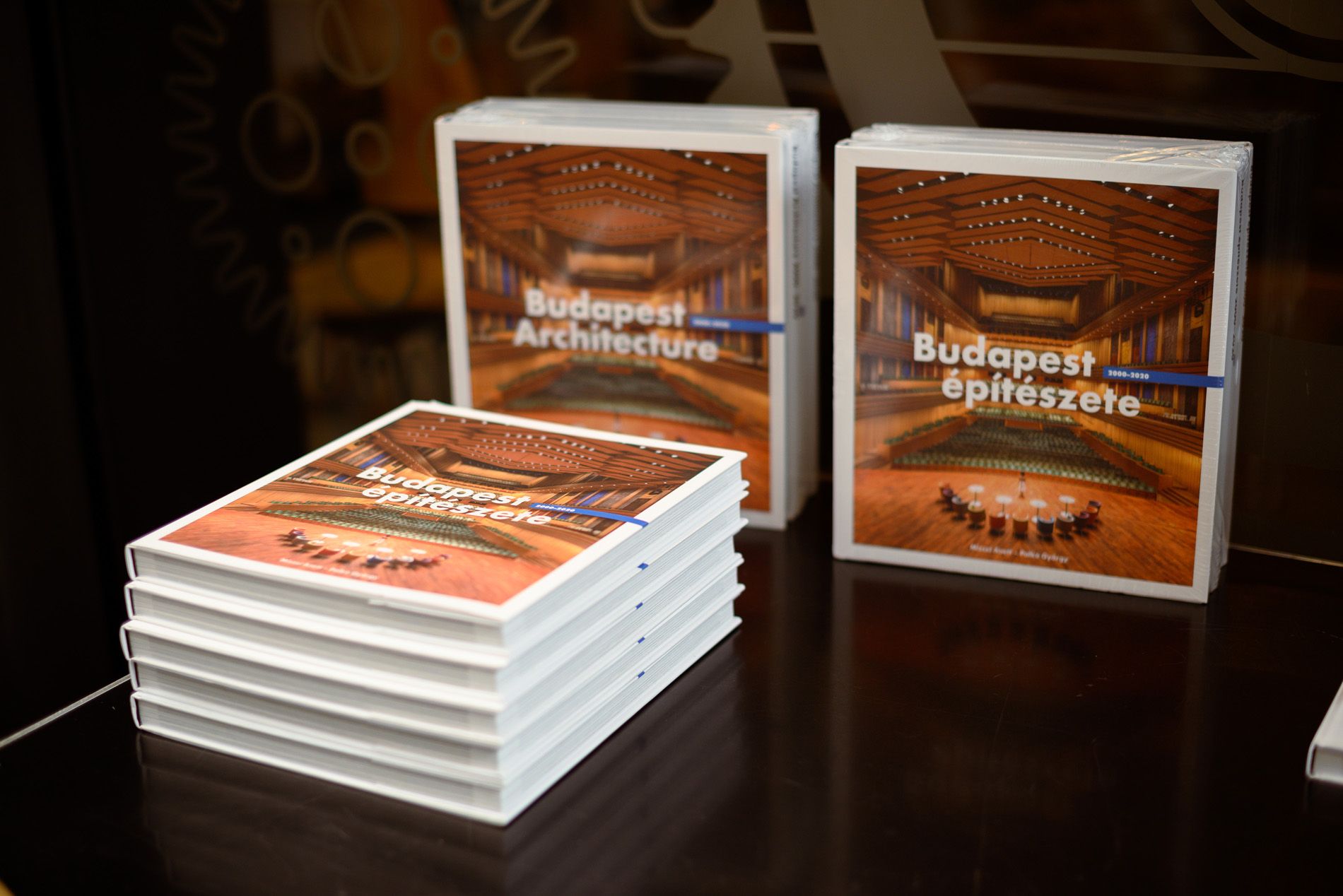
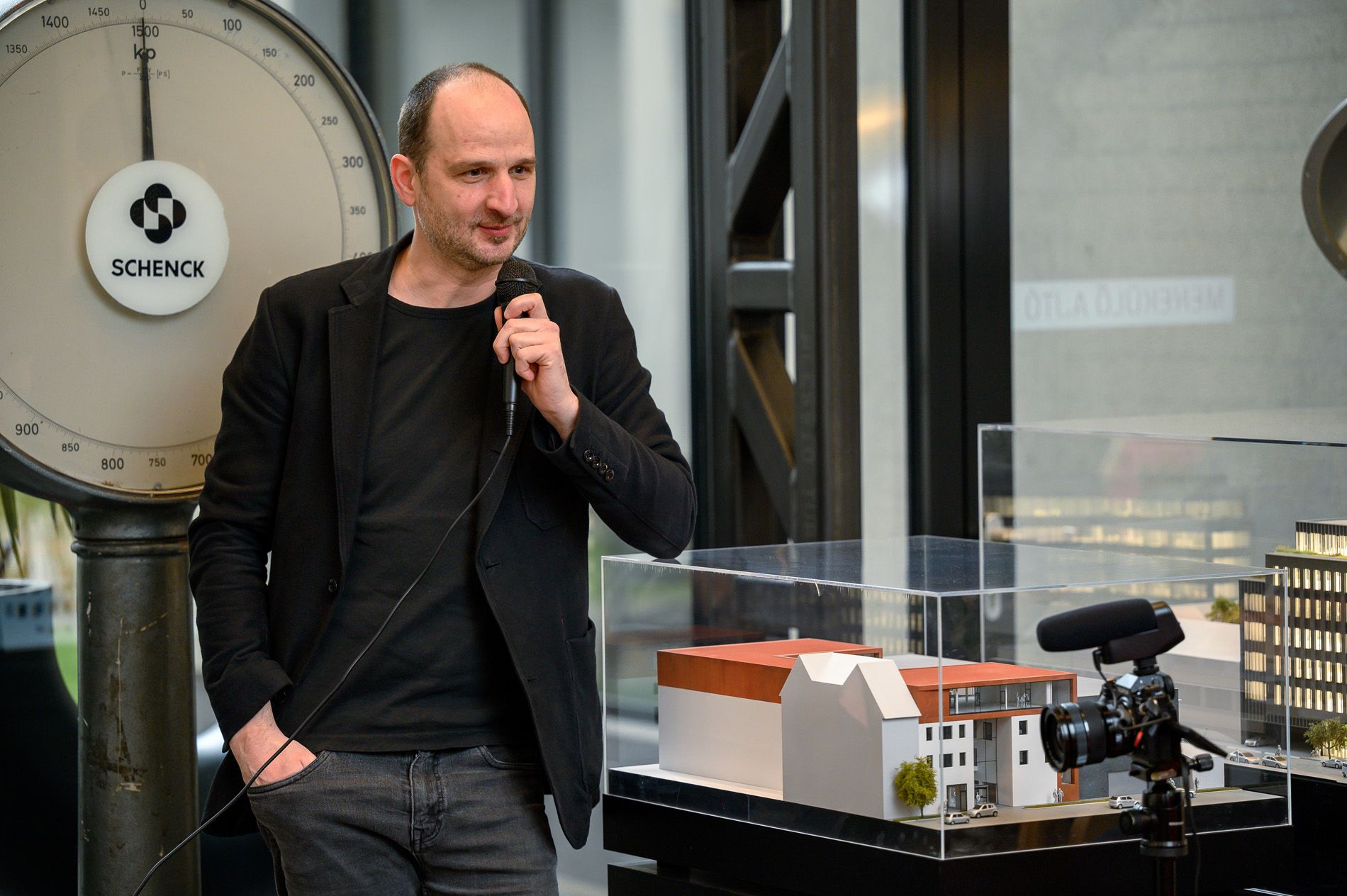
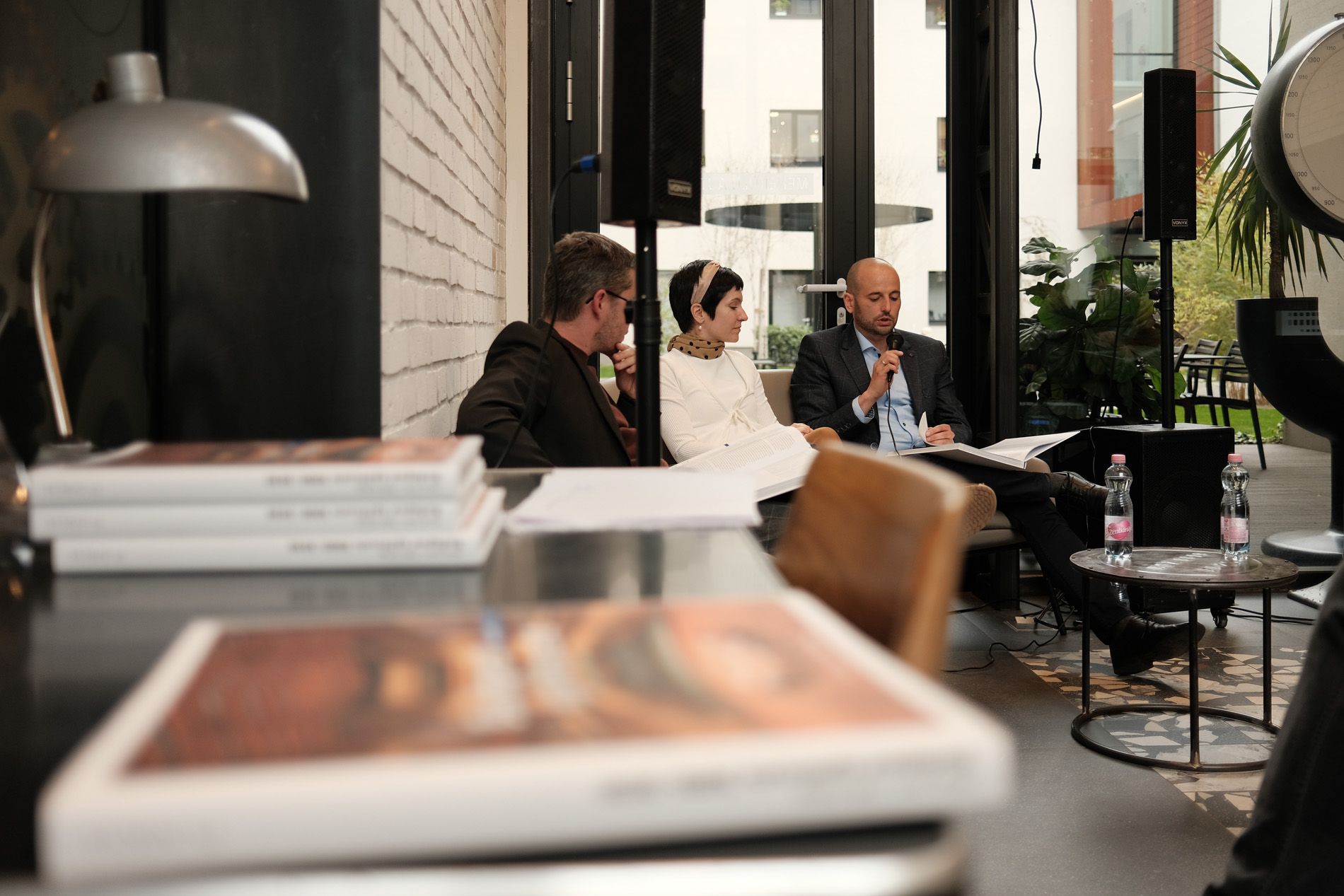
The place and the occasion were given: the two authors of the newly published book, architect Anett Mizsei and photographer György Palkó, were interviewed by journalist András Zsuppán, but fortunately, the editors of the book, Krisztina Somogyi and Dániel Kovács, were also sitting in the audience, who smiled at each other and at their “partners in crime”—especially when it came to how the 50+1 buildings were selected. After all, we need an answer to the question: why were these contemporary buildings chosen for the book? “It’s a powerful canon-building gesture,” said Zsuppán.
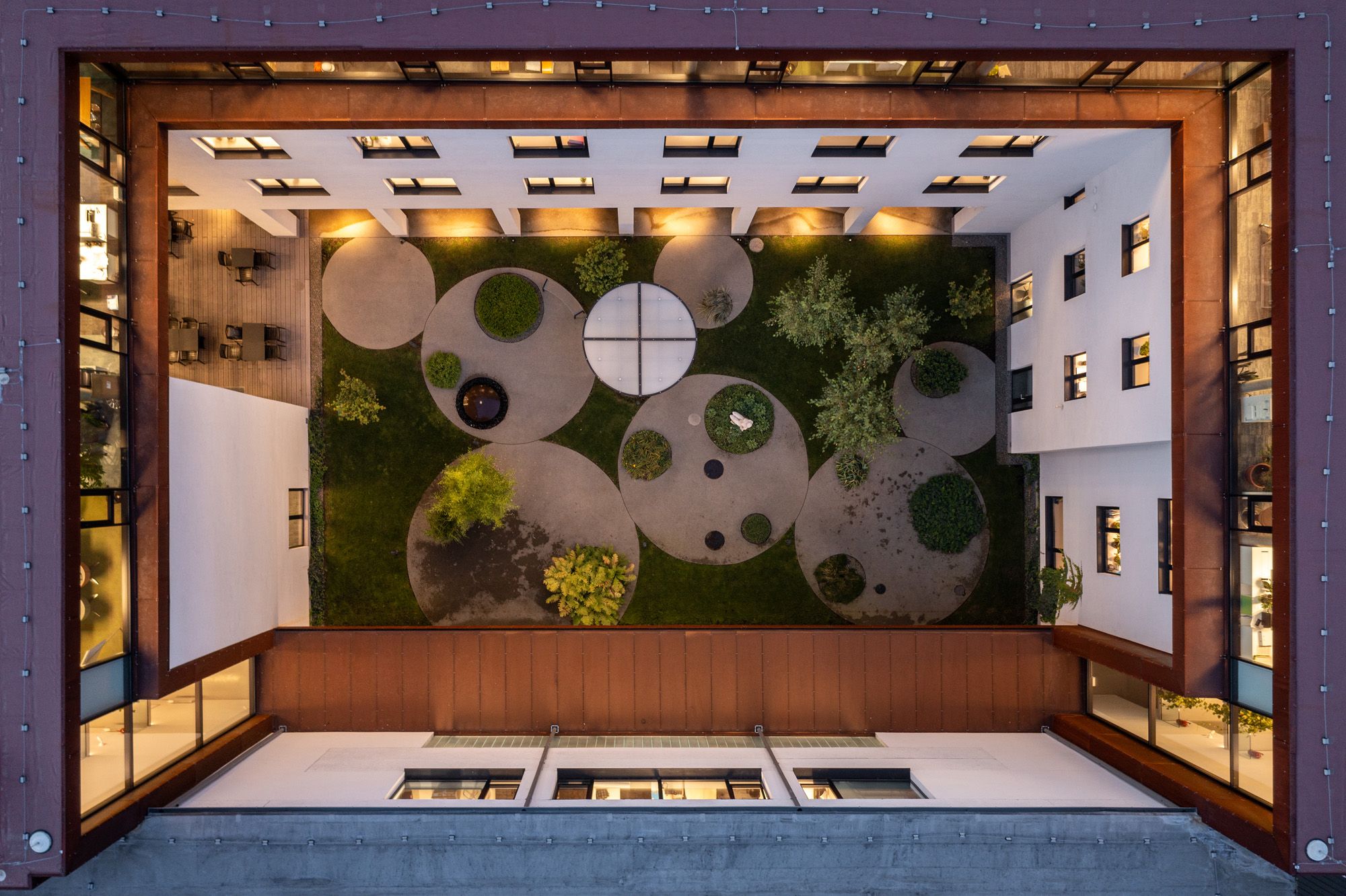

The experienced editors leave no room for criticism because, in the introduction, they make clear the five-point logical structure along which the final content is assembled. These are the following: 1) Situative architecture and interpretations of Budapest (such as the renovated Piarist High School on the Március 15. Square or the Várkert Bazár) 2) interventions related to heritage and inherited buildings (such as the House of the Hungarian Millennium, the Prezi Headquarters or the Vizafogó Nursery), 3) landmarks, buildings of major importance (such as MOME, CEU, and the ING Headquarters), 4) ‘hidden treasures,’ the smaller-scale or out-of-center developments (100-apartment passive house in Angyalföld, Neighbours’ Market in Budafok), 5) family homes.
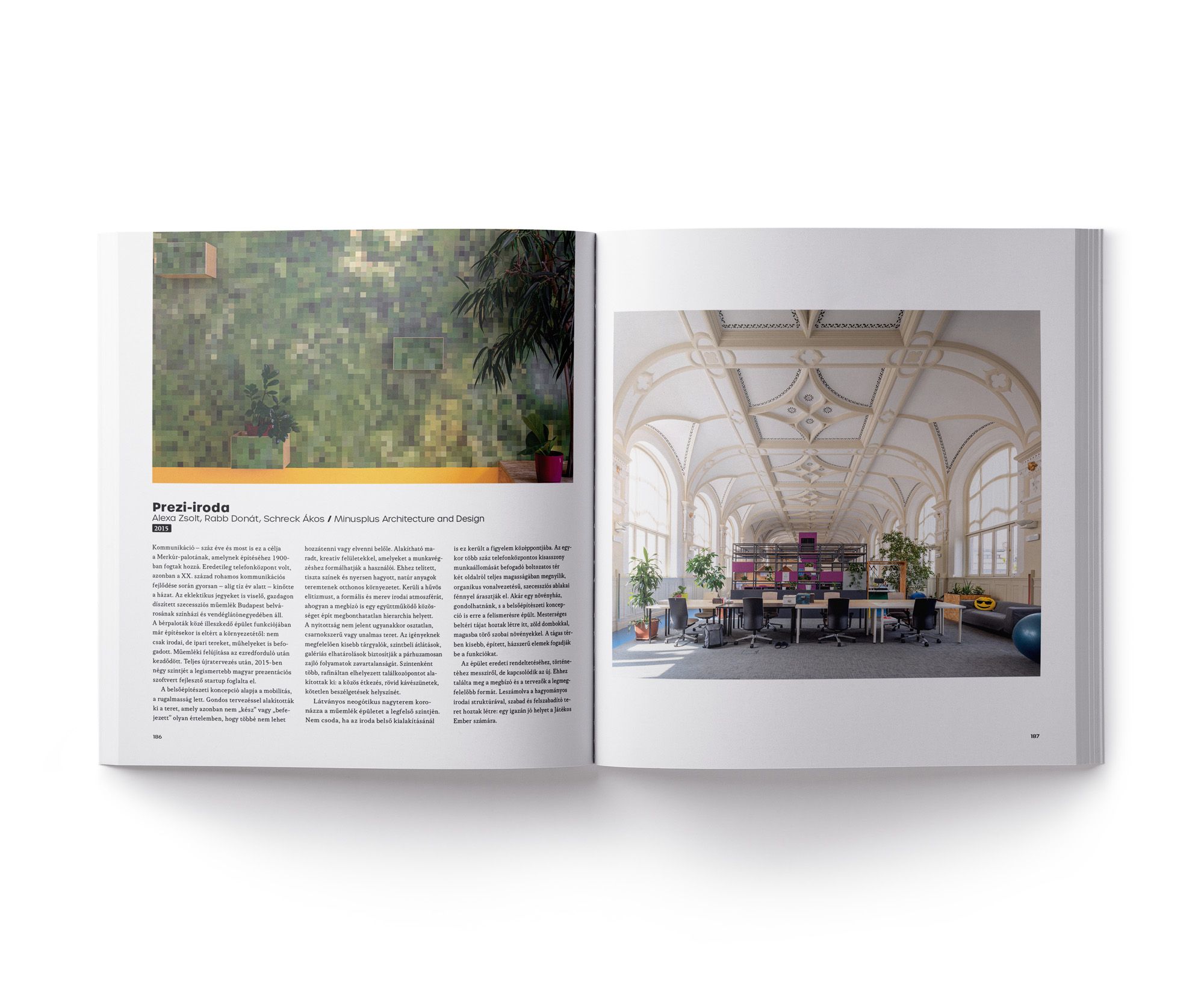

The first and most important merit of the volume is the choice of the subject itself, or more precisely, the selection criteria mentioned above. The structure of the book, however, does not follow the five-point logical framework already detailed but rather enjoyably “mixes” and places the “characters” of contemporary architecture side, who all show different faces to the reader in this publication.

Don’t let the title and the cover image scare you away: it’s not just the spectacular public institutions and gigantic office buildings that came under the lens of György Palkó in this volume. There are plenty of projects in the book that go far beyond the concept of architecture, and how good that the authors and editors have openly admitted this: the selection does not only cover houses and buildings, but also projects such as the playground of the Sacred Heart Jesuit Church, the Pesterzsébet Bath, the stations of the metro line 4 or the Kopaszi dam.
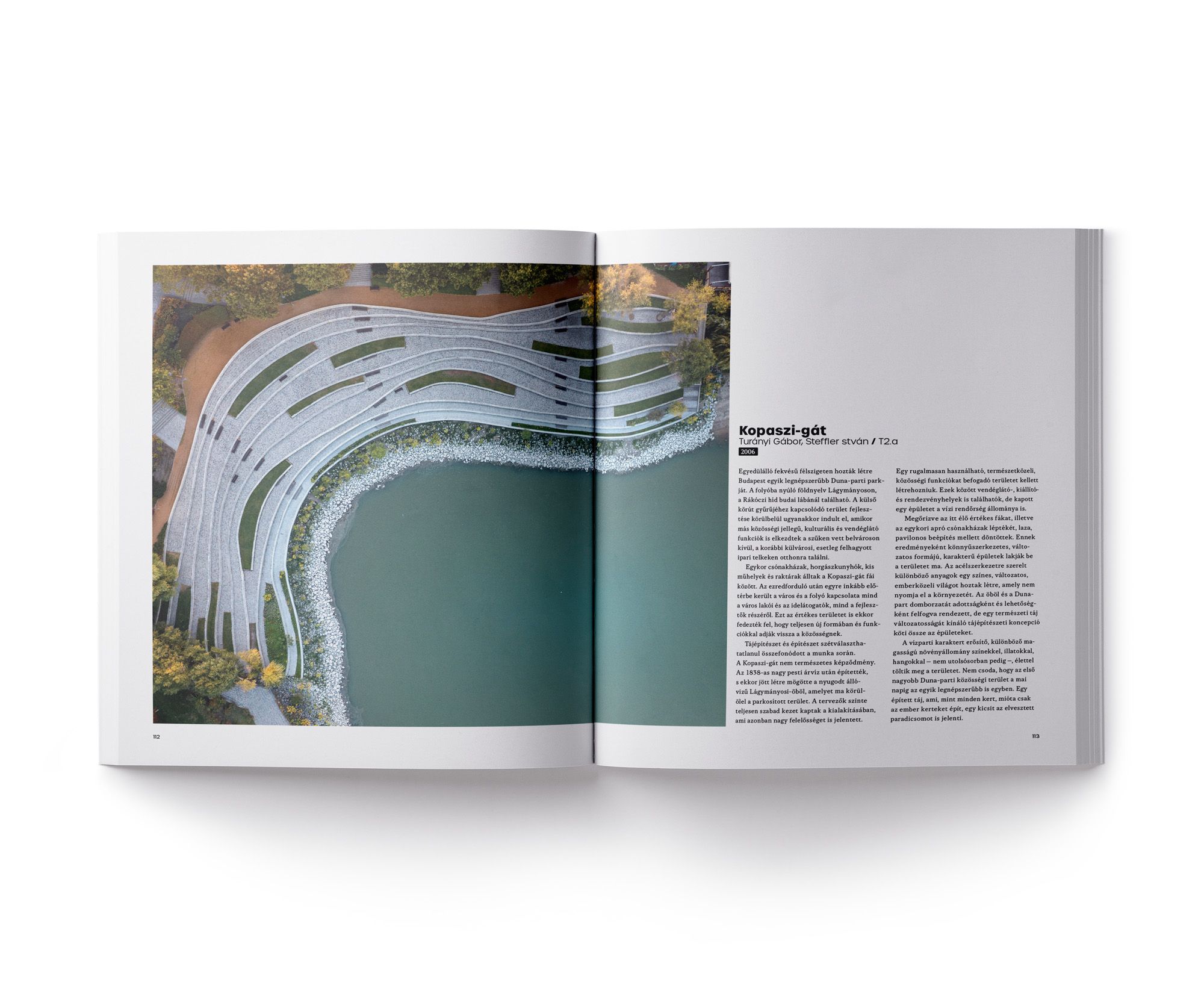

The almost 240-page publication is clear, well-structured and a delight to read, with beautiful photographs and texts written in a straightforward style (and in a reader-friendly length!), which is another of the book’s great advantages. As Anett Mizsei put it, “we should talk a lot more about architecture, and architects should talk a lot more about architecture, not only among themselves, within the profession, but also with people who don’t necessarily have much knowledge of architecture.” All this is something we can fully agree with. After all, we are surrounded by the house, the built environment, and it would be appropriate to approach it with a certain level of understanding. This is only possible if someone helps us, non-experts, to see and understand the value and meaning behind the buildings. This book helps us do that.


The book is at once comprehensive, elegant and human-scale. A decent album in its own right, which will delight even the most hesitant readers who might approach the subject with fear and “just flip through the pages,” and is also an exciting treat for those who would like to update their mental map of Budapest with contemporary buildings. This is the third great merit of the book: it’s not afraid to take the reader on a trip—in fact, it guides the reader with great pleasure—to corners of the city that fall away from the city center. Because there are indeed countless places in our capital where brilliant contemporary architectural solutions can be found, we just need to know where to keep our eyes open.

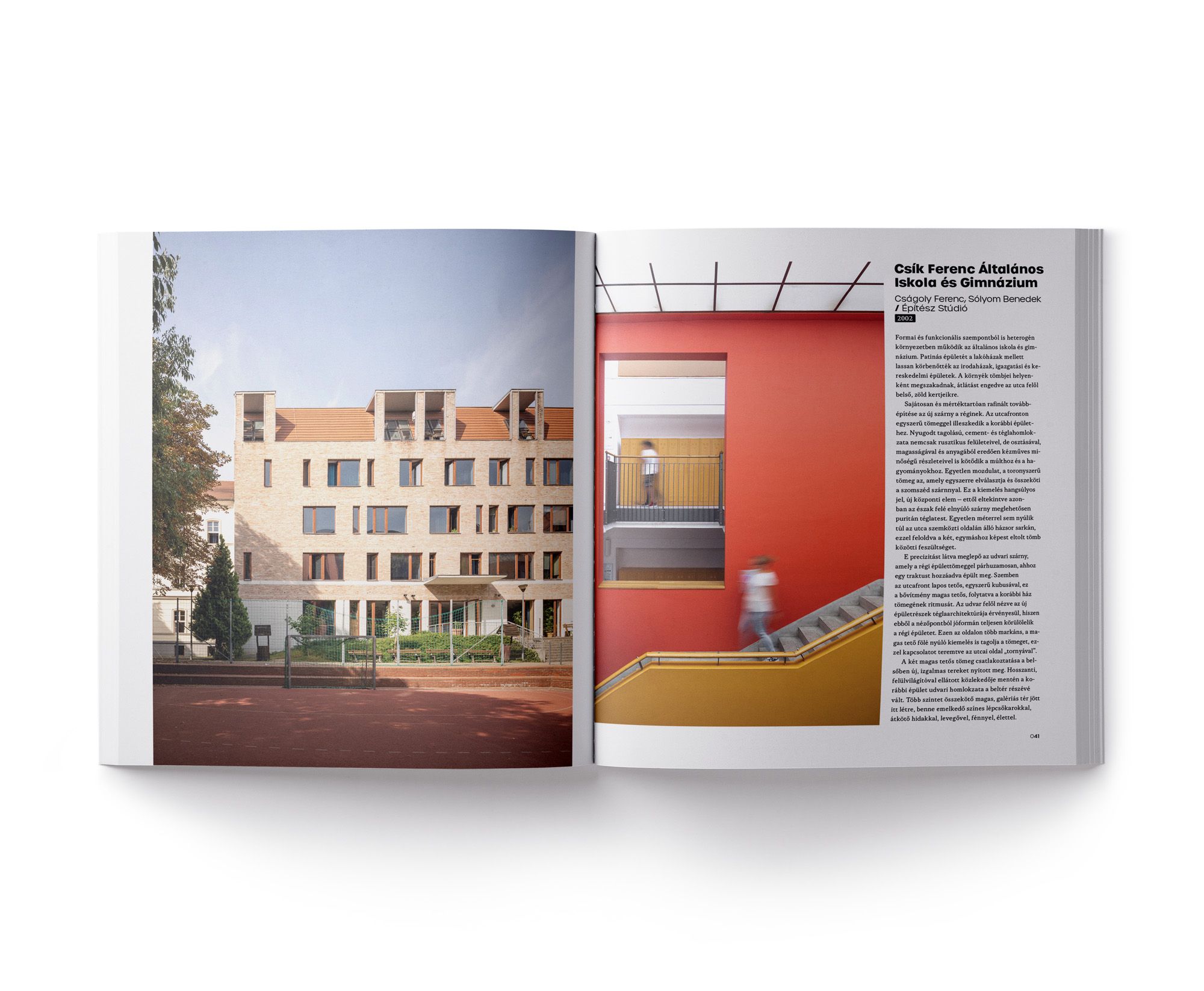
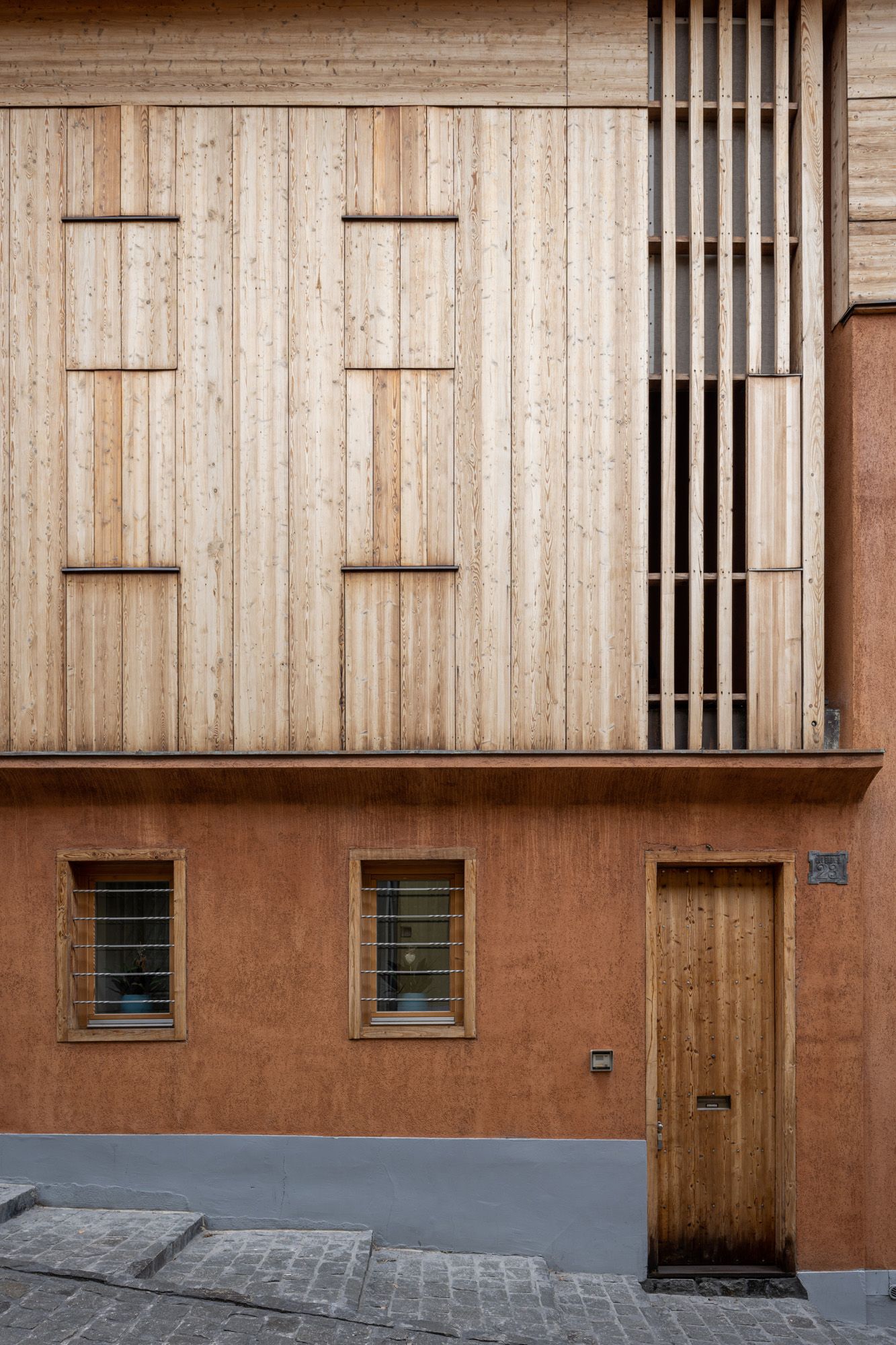
For example, at the main square of Újpest, where we might not suspect it, but behind the eclectic main façade, we are greeted by a very fresh and contemporary interior (Queen of Heavens Parish—Zoltán Berzsák, 4plusz Architecture Studio, 2015). Or on the Buda side, in Gül Baba Street, where the house of Mihály Balázs (who also praised the book) hides like a real gem among the cobblestones (Gül Baba Street House—Mihály Balázs, Katalin Somogyi-Soma, Architect’s Studio of Mihály Balázs, 2002). And even Havana can point to a contemporary “intervention” with its unusual market building (Havana Weekly Fair—Ferenc Keller, Barnabás Láris, Modulárt, 2020—there (and many other places), it’s worth sharpening our contemporary architectural “radars.” Thanks to the book “Budapest Architecture 2000-2020,” it might get easier and easier.
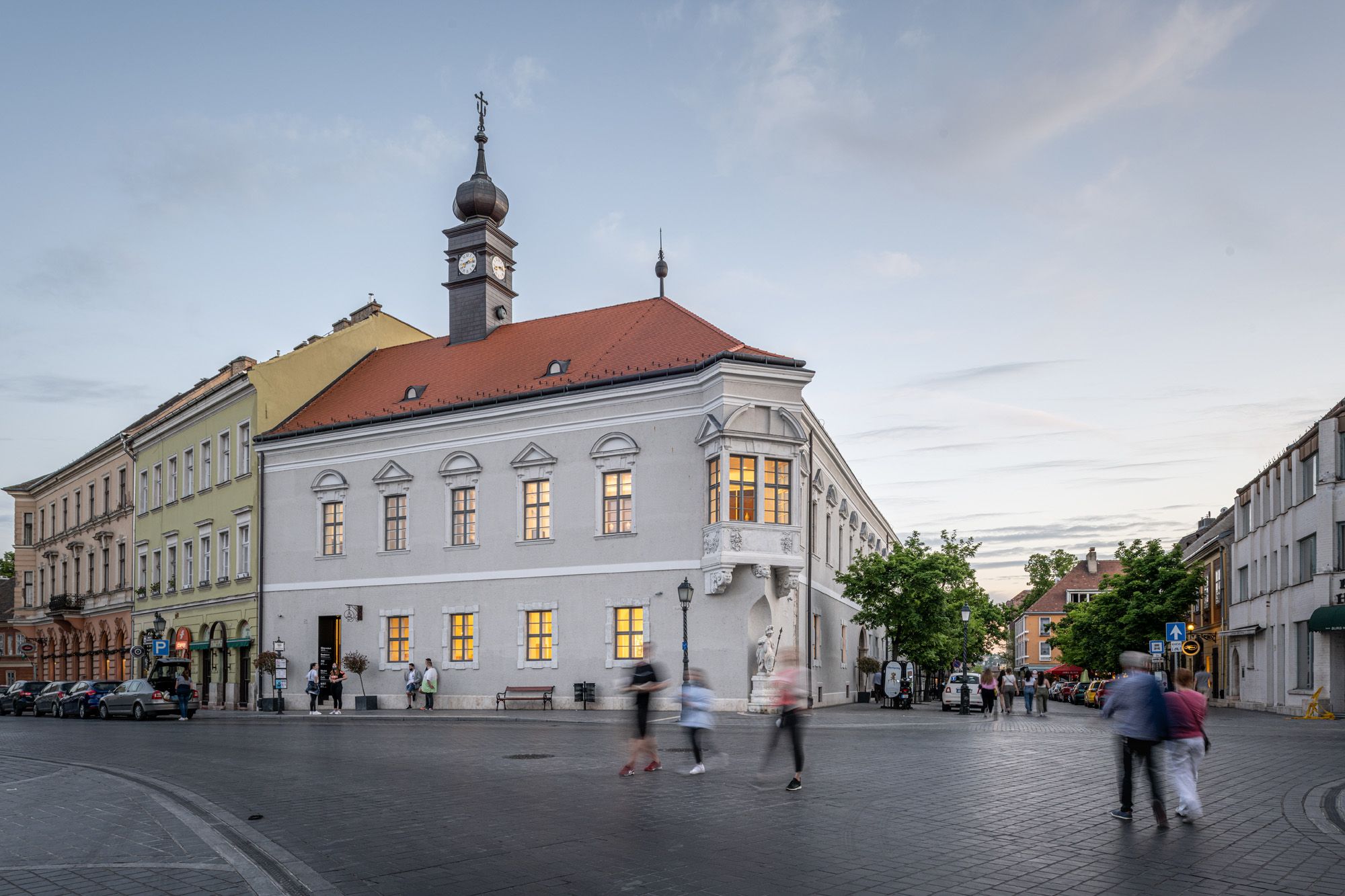


The book is available at the Írók Boltja or can be ordered on György Palkó’s website.
Photos of the book and event by Bence Szabó—P-ARCH
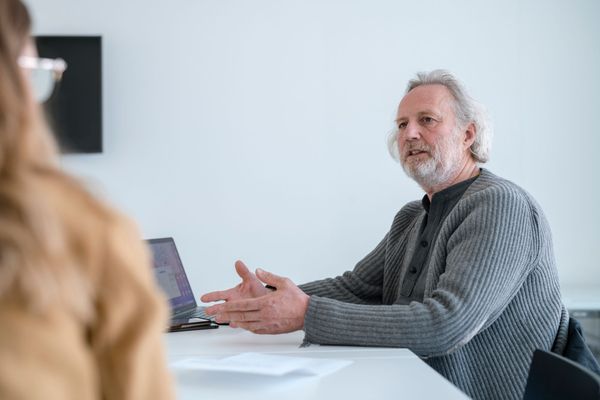
“I’ve always been interested in the whole landscape” | Interview with Jurgen Bey, Dutch designer
